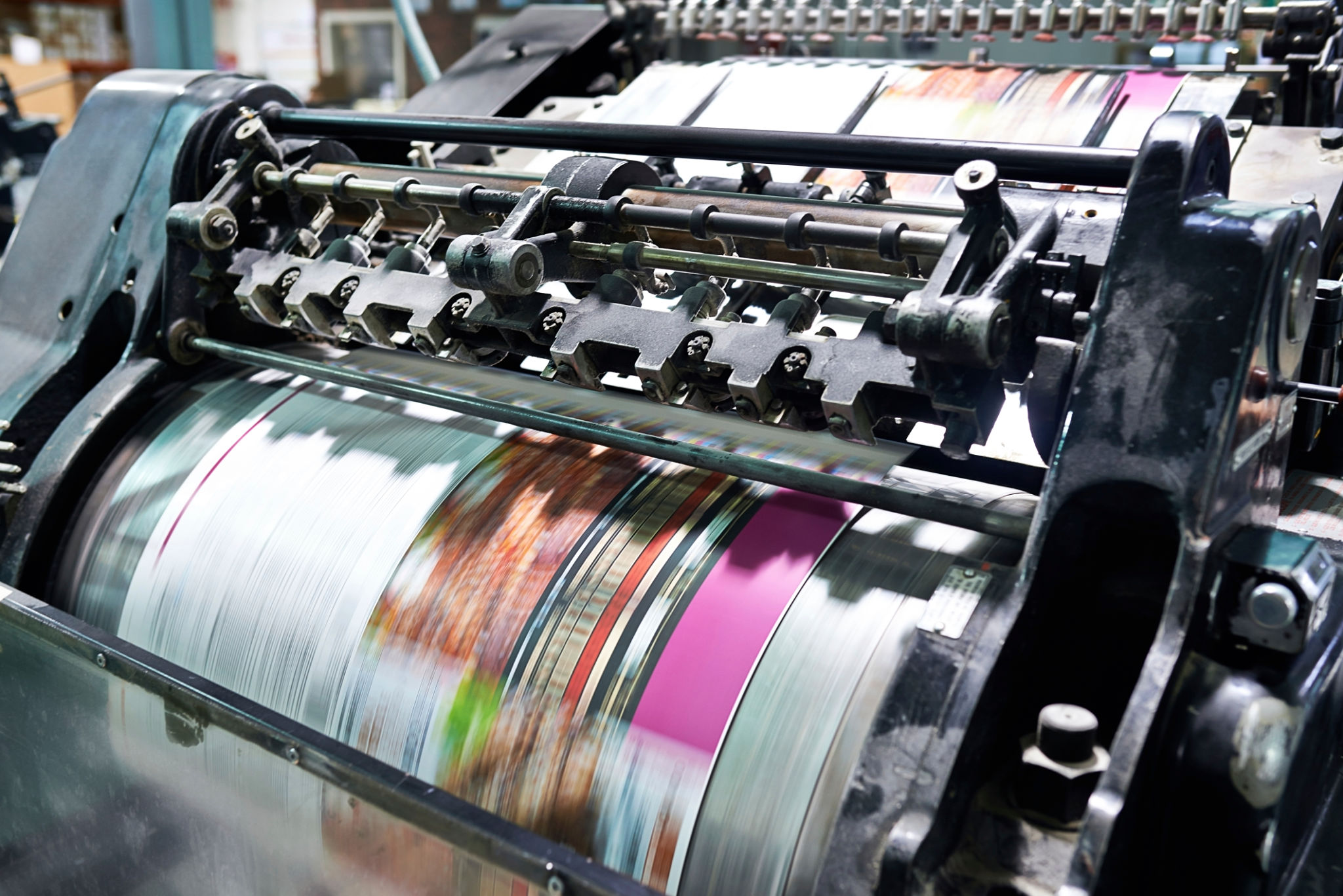How to Choose the Right Industrial Transport Packaging for Your Business
Understanding Your Product Requirements
When selecting industrial transport packaging, the first step is to fully understand the specific needs of your products. Consider factors such as the weight, dimensions, and fragility of the items you are shipping. These elements will heavily influence the type of packaging materials you should use. For instance, heavy machinery might require robust wooden crates, while delicate electronics might benefit from cushioned boxes and anti-static packaging.
Another important consideration is the environmental conditions the package will face during transit. Will the items be exposed to extreme temperatures, humidity, or rough handling? Understanding these conditions will help you choose packaging that ensures safe delivery.

Evaluating Different Packaging Options
There are various types of industrial transport packaging available, each offering distinct advantages. Common options include corrugated boxes, wooden crates, and pallets. Corrugated boxes are lightweight and versatile, making them ideal for a wide range of products. Wooden crates provide excellent protection for heavy and high-value items, while pallets are essential for bulk shipping as they facilitate easy handling and stacking.
Another innovative option is reusable plastic containers, which are gaining popularity due to their durability and eco-friendliness. These containers can significantly reduce waste and offer long-term cost savings.

Prioritizing Cost-Effectiveness and Sustainability
Finding a balance between cost and quality is crucial when choosing industrial transport packaging. While it might be tempting to opt for the cheapest solution, compromising on quality can lead to damages and increased costs in the long run. It's essential to assess the value that each type of packaging offers in terms of protection and durability.
Sustainability should also be a key consideration in your decision-making process. Many businesses are now opting for eco-friendly packaging solutions, such as biodegradable materials or recyclable options, to reduce their environmental footprint. Evaluating the life cycle and disposal options of packaging materials can help you make more sustainable choices.

Partnering with Reliable Suppliers
Choosing the right industrial transport packaging also involves collaborating with trustworthy suppliers who can provide quality materials consistently. Look for suppliers who offer a range of packaging solutions and have a proven track record of reliability and customer satisfaction. It's beneficial to build strong relationships with suppliers who can adapt to your changing needs and offer expert advice on the best packaging solutions.
Additionally, consider suppliers who can provide customized packaging options tailored to your specific product requirements. Custom solutions can enhance protection and efficiency, especially for unique or irregularly shaped items.
Testing and Adjusting Your Packaging Strategy
Once you've selected your packaging materials, it's essential to test their effectiveness in real-world conditions. Conduct trials to assess how well the packaging protects your products during transit. Pay attention to any weaknesses or areas for improvement, and be open to adjusting your strategy as needed.
Regularly reviewing your packaging strategy ensures that it remains aligned with your business goals and adapts to any changes in product offerings or shipping conditions. This proactive approach can lead to continuous improvement in both cost-effectiveness and product protection.